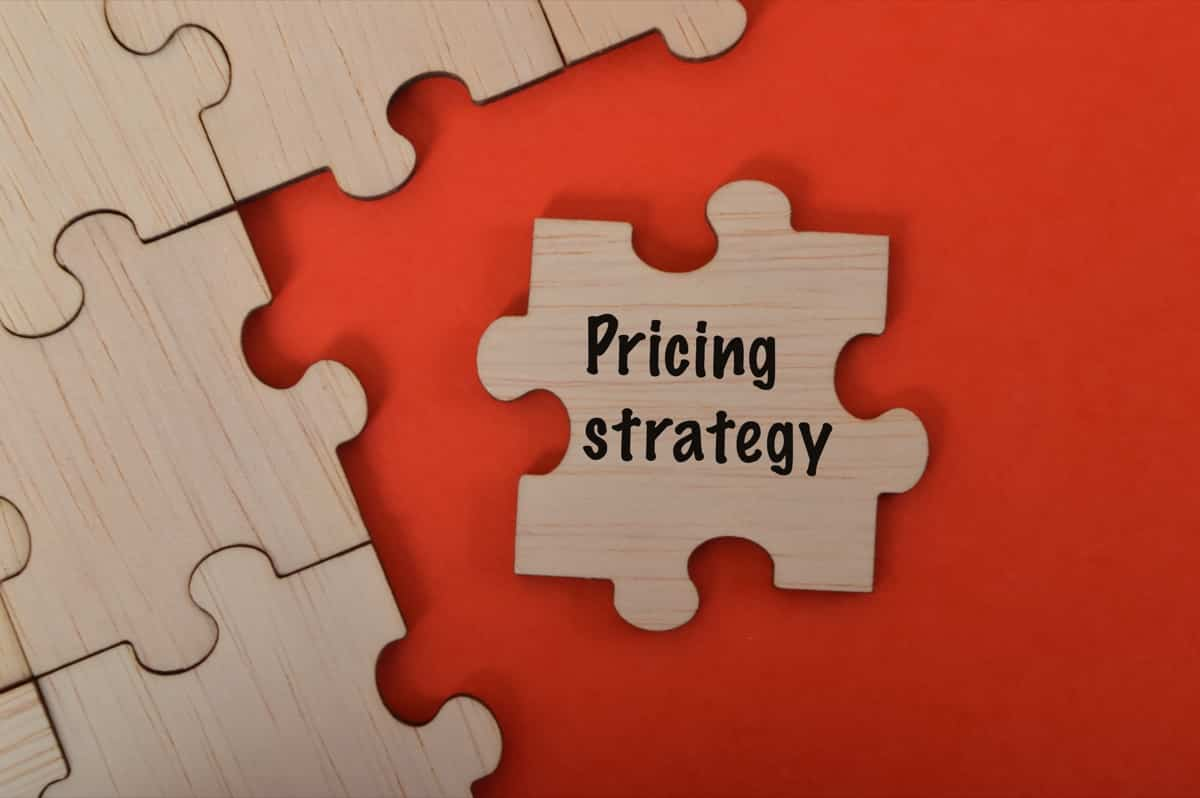The essence of business is profit. It is the driving force that propels companies forward, motivates innovations, and shapes competitive strategies. At the heart of this intricate business growth and evolution process, one element holds paramount significance – pricing strategy. Defining the right pricing strategy can sometimes distinguish between thriving and struggling businesses.

Small businesses, in particular, need to be cognizant of this due to their typically tight budget constraints and the demanding nature of surviving and thriving in today’s competitive marketplace. Here we learn about effective pricing strategies for small businesses to maximize profit margins, a key element of sustainable growth.
Effective Pricing Strategies for Small Businesses
Understanding Profit Maximizing Pricing Strategies
Profit-maximizing pricing strategies are at the core of any business operation. They are techniques used to identify the best price point at which a product or service can be sold to generate the maximum possible profit. While larger businesses may have the flexibility to weather lean periods, small businesses typically operate on thinner profit margins. Thus, understanding and employing effective profit-maximizing pricing strategies can significantly enhance their sustainability and growth potential.
Fundamentally, a profit margin pricing strategy refers to a method where the pricing of a product or service is directly linked to the profit margin that the business aims to achieve. This approach necessitates a deep understanding of both the cost of production and the market’s willingness to pay. It is crucial for small businesses as it helps them price their offerings to cover their costs and provide a reasonable profit margin.
Delving into Pricing Strategies for Small Businesses
Choosing the right pricing strategy for small businesses can be daunting, considering the myriad factors involved. These include but are not limited to production costs, competition, customer perception, and the overall economic environment. However, the ultimate goal remains the same – pricing to maximize profits.
The first step in developing an effective pricing strategy involves thoroughly understanding the business’s costs. These include both fixed costs (such as rent and salaries) and variable costs (such as materials and utilities). By understanding these costs comprehensively, businesses can set a baseline for their pricing strategy, ensuring that they cover their costs and generate a profit.
The next step is understanding the market and competition. Small businesses must know their competitors’ prices for similar products or services. Additionally, understanding customers’ perception of value is vital. Businesses can then price their products or services to reflect this perceived value, thus maximizing their profits.
Penetration pricing is a popular strategy for new businesses. It means starting with a low price to quickly attract customers and capture a larger market share. Once a customer base is established, the business can gradually increase prices. However, care must be taken with this strategy as it can lead to a price war with competitors and damage long-term profitability if not managed carefully.
In case you missed it: 10 Effective Ways to Enhance Employee Engagement in Small Businesses

Adopting a Value-Based Pricing Strategy
Adopting a value-based pricing strategy is a third crucial step in maximizing profit margins. This approach goes beyond the conventional methods of factoring production costs and a desired profit margin. Instead, it focuses on the perceived value of a product or service to the customer. Small businesses can leverage this strategy by understanding their customers’ unique needs and preferences and pricing their offerings accordingly.
This pricing method requires comprehensive market research and an understanding what customers value most about a product or service. It is about identifying and translating the unique selling points into a monetary figure. While this might be more challenging than simply adding a markup to costs, it can lead to greater profitability. By charging based on value rather than cost, small businesses can potentially increase their profit margins, as customers may be willing to pay more for a product or service they perceive to offer greater value.
Strategic Discounting as a Pricing Strategy
The fourth step is considering strategic discounting as part of the overall pricing strategy. Discounts are a popular tool many businesses use to attract customers and drive sales. However, if used indiscriminately, they can erode profit margins. Therefore, it’s important to implement discounts in a strategic manner that contributes to maximizing profits.
Strategic discounting involves providing discounts that are carefully timed and targeted. For instance, discounts can be offered during off-peak periods to stimulate sales when business is slow. They can also target specific customer segments that are price sensitive while maintaining higher prices for less price-sensitive segments.
Exploring the Impact of Selling Prices on Return on Investment
An interesting aspect is how selling prices can help a business earn a return on its investment (ROI). ROI is a key metric used by businesses to measure the profitability of an investment or to compare the efficiency of different investments. By strategically setting their selling prices, businesses can significantly enhance their ROI.
A high selling price can lead to a high ROI, provided that the product or service is perceived as high value by the customers and that the business can maintain its cost structure. Conversely, a low selling price, often used as part of a high-volume pricing strategy, can also result in a high ROI if the business can achieve sufficient sales volume to cover its costs and generate a profit.
The high-volume pricing strategy involves setting a low price for a product or service to achieve a high sales volume. This strategy can be particularly effective for small businesses operating in large markets with the potential for high sales volume. However, it requires a careful balance. The price must be low enough to attract customers and stimulate sales but not so low that it erodes the profit margin.
Conclusion
To sum up, navigating the world of pricing strategy can be complex, particularly for small businesses. However, small businesses can survive and thrive in today’s competitive marketplace by understanding the principles of profit-maximizing pricing strategies, gaining a comprehensive understanding of their costs and the market, and strategically using selling prices to enhance ROI.
In case you missed it: From Blog to Bank: How to Make Money With Content Marketing

Choosing the right pricing strategy – a high-volume pricing strategy, penetration pricing, or another approach – depends on each business’s specific circumstances and goals. In all cases, however, the objective remains pricing to maximize profits and ensure sustainable growth.
- Handicraft Making at Home: A Small Profitable Business Idea
- Pet-Tech Startups: Innovations for Animal Lovers
- Tech Repair Services: Meeting the Demand for Gadget Maintenance
- Maximizing Rewards: Smart Credit Card Habits for Cashback and Points
- Ultimate Guide to Making Money from Goat Milk Business
- How to Start an Agricultural Value Added Product Business
- Value-Added Business Ideas for Greenhouse: The Best Ways to Make Profits with Greenhouse Farming
- How to Make Profits with Organic Country Chicken: Best Strategies for Beginners
- 10 Value-added Business Ideas for Millets: Low-investment and Highly Profitable